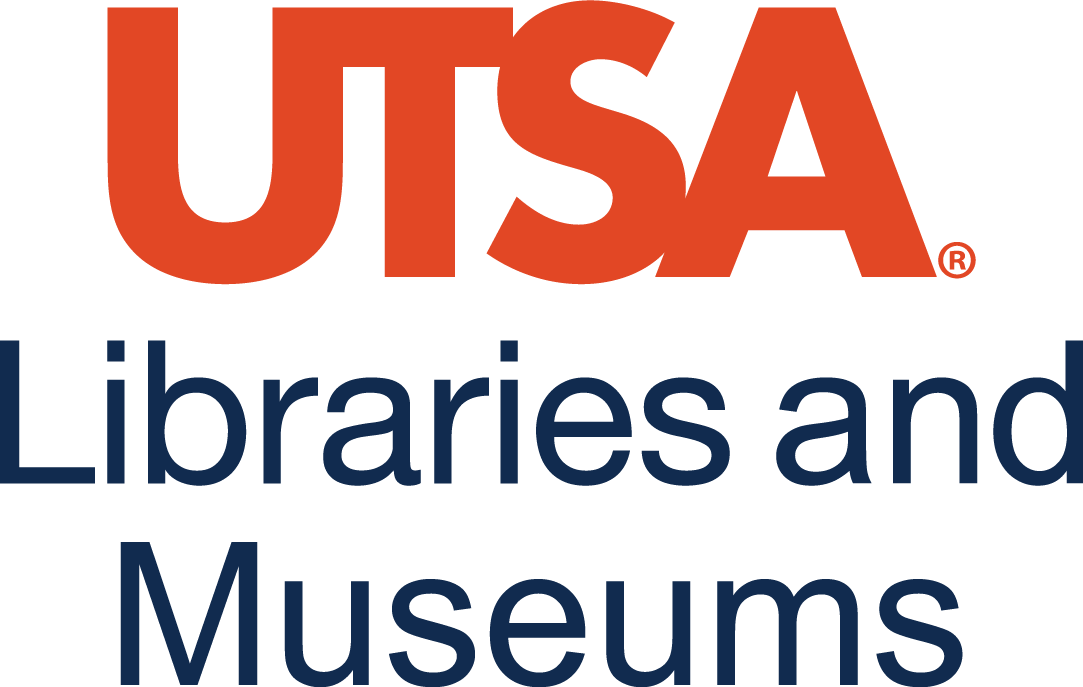Learning Analytics
10 Learning analytics: State of the art | Review
Bruna Damiana Heinsfeld
Article
Hernández-de-Menéndez, M., Morales-Menendez, R., Escobar, C. A., & Mendoza, R. A. R. (2022). Learning analytics: state of the art. International Journal on Interactive Design and Manufacturing (IJIDeM), 16, 1209–1230. https://doi.org/10.1007/s12008-022-00930-0.
Authors

“Learning analytics: State of the art” is authored by Marcela Hernández-de-Menéndez, Ruben Morales-Menendez, Carlos A. Escobar, and Ricardo A. Ramírez Mendoza. Three of the authors are affiliated with the Tecnológico de Monterrey, México, while Carlos Escobar is affiliated with the Global Research & Development of General Motors. The corresponding author is Dr. Morales-Menendez, Dean of Graduate Studies in the School of Engineering and Sciences at the Tecnológico de Monterrey. Dr. Morales-Menendez is a full professor, and his research includes the field of active learning techniques for engineering education.
Review
Summary
The article discusses the use of Learning Analytics (LA) in higher education, particularly in the context of the COVID-19 pandemic. It highlights the challenges faced by educational institutions, such as technical problems in virtual settings and the need for performance improvement. The article presents various forms of LA definition and the different stages involved in the LA process. It also provides insights into the initiatives adopted by universities to implement LA projects, focusing on increasing student retention and improving academic issues. The paper emphasizes the use of technology and personalized learning to address high desertion rates and mentions specific software and models used by universities. Additionally, it outlines recommendations for institutions and schools regarding the use of LA, including the importance of collaboration, benchmarking, and capacity building. Overall, the article underscores the promising results achieved by educational organizations through the implementation of LA initiatives.
Research Method
The paper presents a review of LA initiatives in higher education, focusing on the practices adopted by 16 educational organizations. The research design involves a comprehensive analysis of the strategies and approaches employed by these institutions to implement LA projects. The participants in this review are the educational organizations themselves, including universities such as Arizona State University, Georgia State University, Rio Salado College, The Open University, and the University of Alabama, among others. These institutions serve as the focal point of the study, showcasing their initiatives and outcomes related to the use of LA.
Data collection methods primarily involve the examination of the practices and results reported by the participating educational organizations. The paper also includes other bibliographic references and analyzes the results, challenges, and expectations of LA. The article delves into the specific approaches and technologies utilized by these institutions, such as predictive models, software tools, and in-house developed systems. It also highlights the outcomes and improvements achieved through the implementation of LA, emphasizing metrics like student retention rates and academic performance. Additionally, the review incorporates insights from policy documents, research findings, and specific examples of how LA has been integrated into virtual learning environments and academic settings. Even though the data collection methods used in the study are not explicitly stated, the paper presents a thorough examination of the initiatives, technologies, and outcomes related to the implementation of LA in higher education, as reported by the participating institutions.
Findings
The authors highlight the benefits of LA, such as increasing the effectiveness of games in the classroom, improving engagement in MOOCs, modifying content to align with students’ learning characteristics, predicting student performance, increasing retention, improving learning design, and making evidence-based decisions. The evidence supporting these findings comes from various sources. For example, the authors reference a systematic literature review by Avella et al. (2016) that explores the methods, benefits, and challenges of LA in higher education. It also cites the work of Arroway et al. (2016) on LA in higher education and the use of predictive models at the University of Alabama, Georgia State University, and Sinclair Community College to identify at-risk students and provide interventions. The paper also mentions the use of LA at Northern Arizona University and Purdue University to improve student outcomes and retention. The authors detail the case of Georgia State University use LA to identify students at risk of dropping out and who LA provided targeted interventions to improve their academic performance. As a result, the university was able to increase its graduation rate by 22 percentage points over six years. Similarly, the University of Alabama was able to increase its retention rate by 5 percentage points over two years.
Limitations AND FUTURE STUDIES
A limitation of the study is that it does not provide a detailed analysis of the ethical and privacy concerns associated with LA. The paper briefly mentions that privacy and control of information affect the adoption and deployment of LA systems, but it does not provide a detailed analysis of the ethical and privacy concerns associated with LA. This is an important issue that needs to be addressed, as LA involves collecting and analyzing sensitive data about students. Future research could also investigate the perspectives of students regarding LA. While the paper briefly mentions the lack of investigation regarding students’ points of view, there is a need for more research to determine how students feel about the use of LA in educational institutions.
Impact and Reflections for the Field ANF FOR PRACTICE
The research findings of this paper can be applied in real-world educational settings by other institutions aiming to analyze student data to identify students who are at risk of dropping out and provide targeted interventions to improve their academic performance. This can include providing additional support, such as tutoring or counseling, or modifying the curriculum to better meet the needs of the students. LA can also be used to improve the overall effectiveness of educational institutions. By analyzing institutional data, institutions can identify areas where they are struggling and provide targeted interventions to improve their performance. This can include improving administrative processes, such as enrollment or financial aid, or modifying the curriculum to better meet the needs of the students. Overall, this paper highlights the potential of LA to improve student outcomes in different educational settings. The practical experiences shared in this paper provide valuable insights into the challenges and opportunities associated with implementing LA in educational institutions. As such, this paper is a valuable resource for educational institutions interested in implementing LA to improve student outcomes.
REFERENCES CITED
Arroway, P., Morgan, G., O’Keefe, M., & Yanosky, R. (2016). Learning analytics in higher education. EDUCAUSE. https://library.educause.edu/~/media/files/library/2016/2/ers1504la
Avella, J. T., Kebritchi, M., Nunn, S. G., & Kanai, T. (2016). Learning analytics methods, benefits, and challenges in higher education: A systematic literature review. Online Learning, 20(2), 13–29. https://files.eric.ed.gov/fulltext/EJ1105911.pdf
Hernández-de-Menéndez, M., Morales-Menendez, R., Escobar, C. A., & Mendoza, R. A. R. (2022). Learning analytics: State of the art. International Journal on Interactive Design and Manufacturing (IJIDeM), 16, 1209–1230. https://doi.org/10.1007/s12008-022-00930-0

